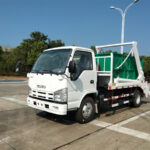When we think about garbage trucks, one of the first things that come to mind is their unique design, with the cab positioned over the engine. This design, known as cabover or cab-forward, is distinctively different from the conventional truck design with a front-mounted engine and a separate cab. So, why exactly are garbage trucks cabover? In this article, we will explore the reasons behind this peculiar design choice.
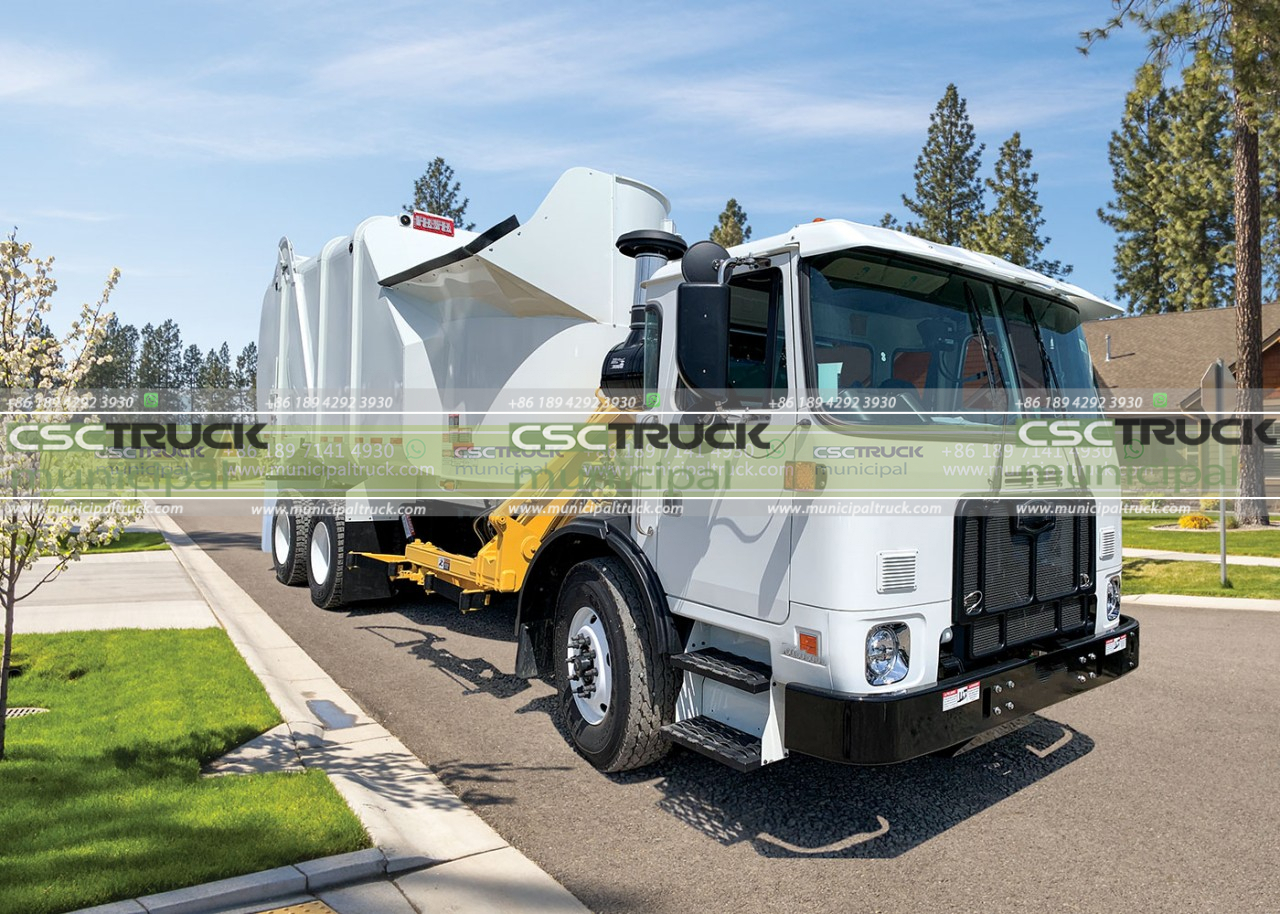
- Maneuverability: Garbage trucks are often required to navigate through narrow residential streets and crowded urban areas to collect waste. The cabover design offers excellent maneuverability in such situations. Placing the cab directly above the engine, shortens the overall length of the truck, allowing it to make tight turns and maneuver easily in cramped spaces. This is especially important in urban environments, where streets can be narrow and winding.
- Visibility: The cabover design provides superior visibility for the garbage truck driver. With the cab positioned directly over the front wheels, the driver has a clear view of the road and the collection area. This enhanced visibility enables the driver to have better control over the truck while maneuvering, backing up, and collecting waste. It also improves safety, as the driver can easily spot pedestrians, cyclists, or other vehicles in their surroundings.
- Accessibility: Garbage trucks need to be frequently loaded and unloaded during their daily operations. The cabover design offers better accessibility to the loading area compared to conventional trucks. The driver sits right above the loading compartment, allowing for easier access to the waste collection mechanisms. This design facilitates efficient and quick waste collection, saving time and resources.
- Weight distribution: Another advantage of the cabover design is its impact on weight distribution. By placing the cab directly over the engine, the weight of the truck is distributed more evenly between the front and rear axles. This balanced weight distribution enhances the truck’s stability and handling, especially when dealing with heavy loads. It reduces the chances of the front end becoming too light, which can lead to steering and traction issues.
- Shorter wheelbase: The cabover design typically features a shorter wheelbase compared to conventional trucks. The wheelbase is the distance between the front and rear axles, and a shorter wheelbase contributes to better maneuverability. This allows garbage trucks to navigate tight corners and negotiate obstacles more easily, making them highly suitable for urban waste collection.
- Safety regulations: The cabover design also aligns with certain safety regulations and standards. In some jurisdictions, there are regulations regarding the minimum visibility requirements for commercial vehicles. The cabover design ensures that the driver has an unobstructed view of the road, reducing blind spots and improving safety for both the driver and other road users.
- Operational efficiency: The cabover design offers operational efficiency benefits for garbage collection companies. With the driver sitting directly above the loading area, communication and coordination between the driver and the crew on the ground are easier. This leads to smoother waste collection operations, reducing delays and optimizing efficiency. Additionally, the compact design of cabover garbage trucks allows for more effective fleet management and storage in depots.
Despite the advantages, it’s worth noting that the cabover design also has some drawbacks. One significant limitation is reduced crash protection for the driver, as the cab is situated directly over the engine. However, advancements in safety features and vehicle engineering have mitigated this concern to a great extent.
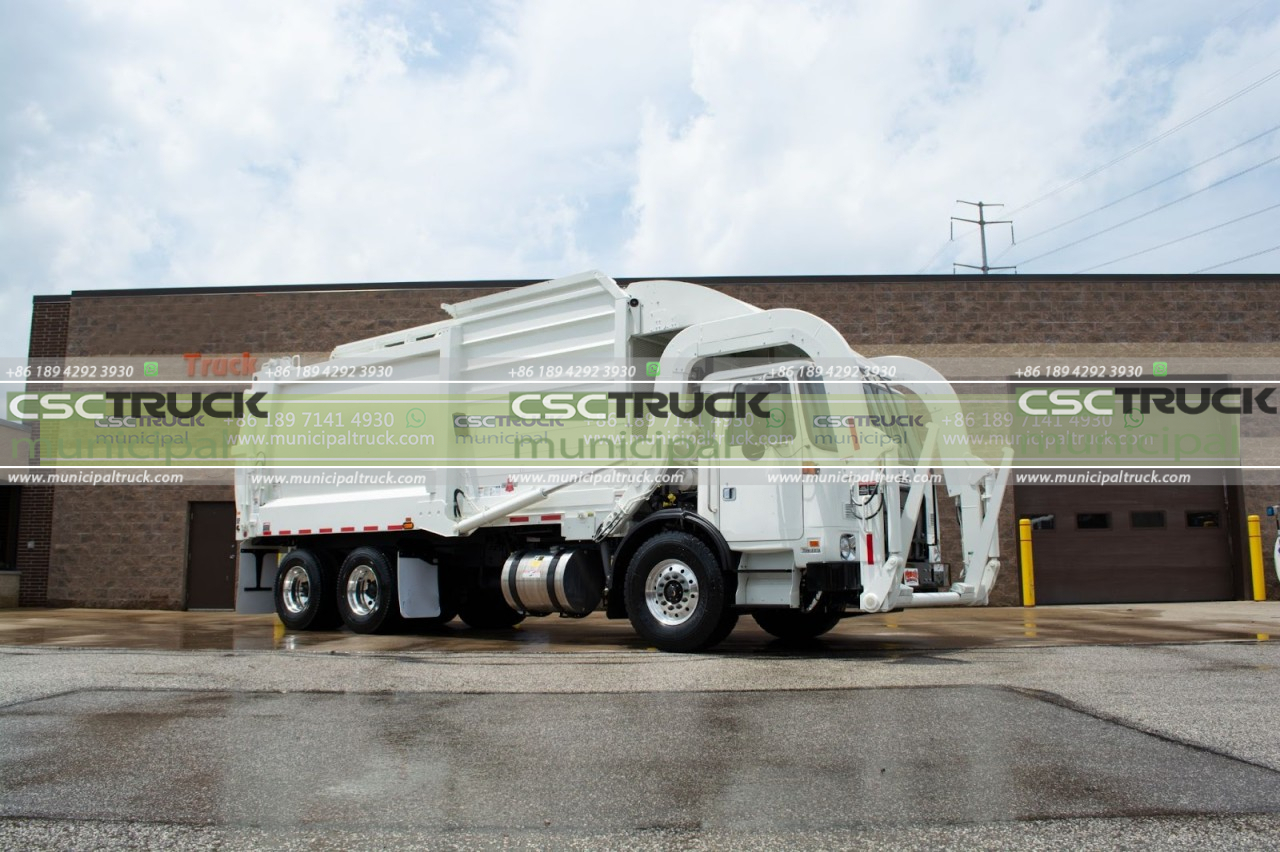
In conclusion, the cabover design of garbage trucks offers numerous advantages that make them well-suited for waste collection operations. Their maneuverability, visibility, accessibility, weight distribution, and compliance with safety regulations all contribute to their popularity in the industry. As urban areas continue to grow and waste management becomes increasingly important, cabover garbage trucks play a crucial role in efficiently handling waste collection in crowded and narrow spaces. They provide a practical and efficient solution to the challenges faced by waste management companies.
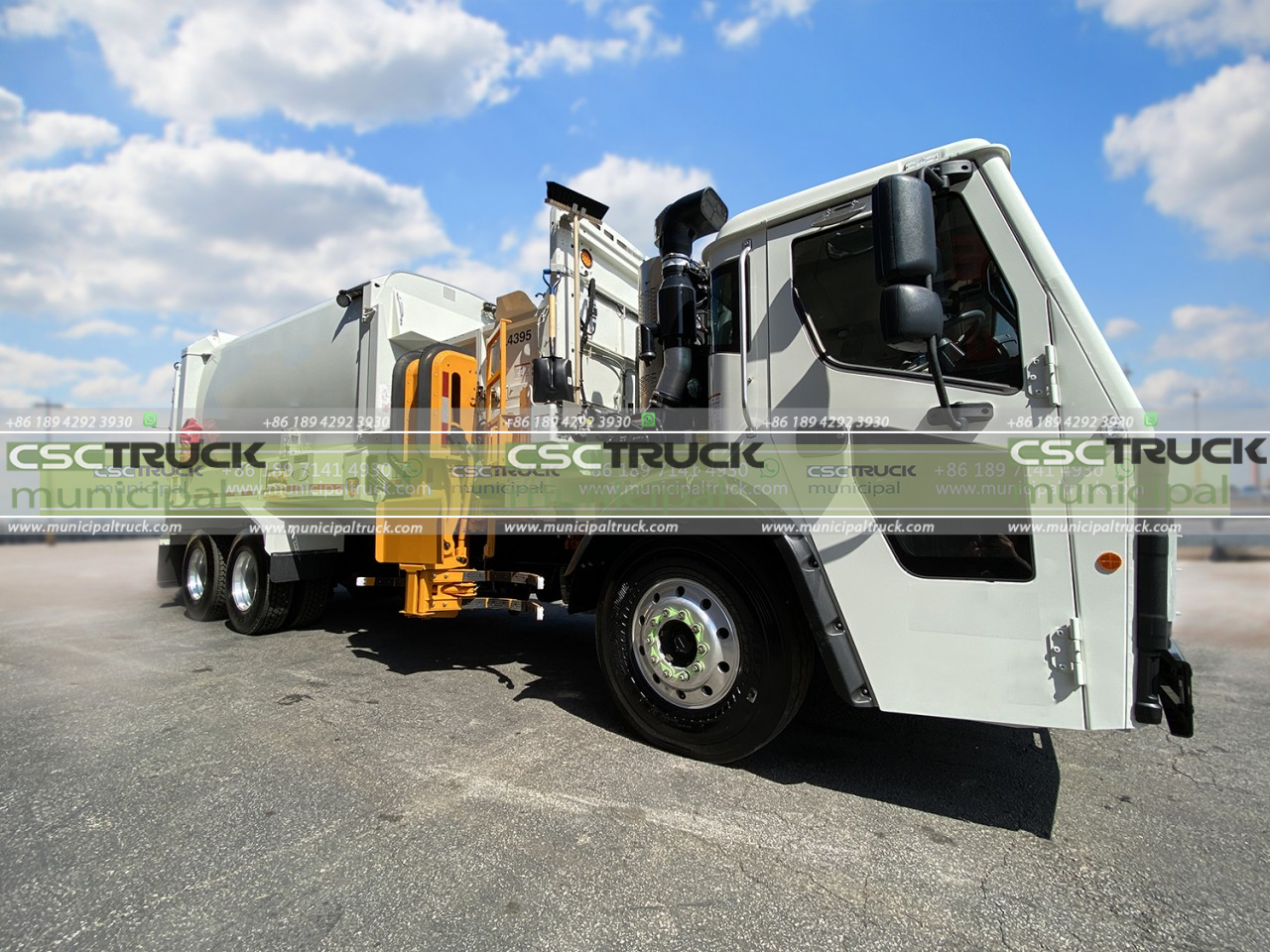
Moreover, the cabover design has evolved to incorporate technological advancements that further enhance its functionality. For instance, many modern cabover garbage trucks feature advanced monitoring systems, such as cameras and sensors, to assist the driver in detecting obstacles and ensuring the safety of the collection process. These technologies help minimize accidents and improve overall operational efficiency.
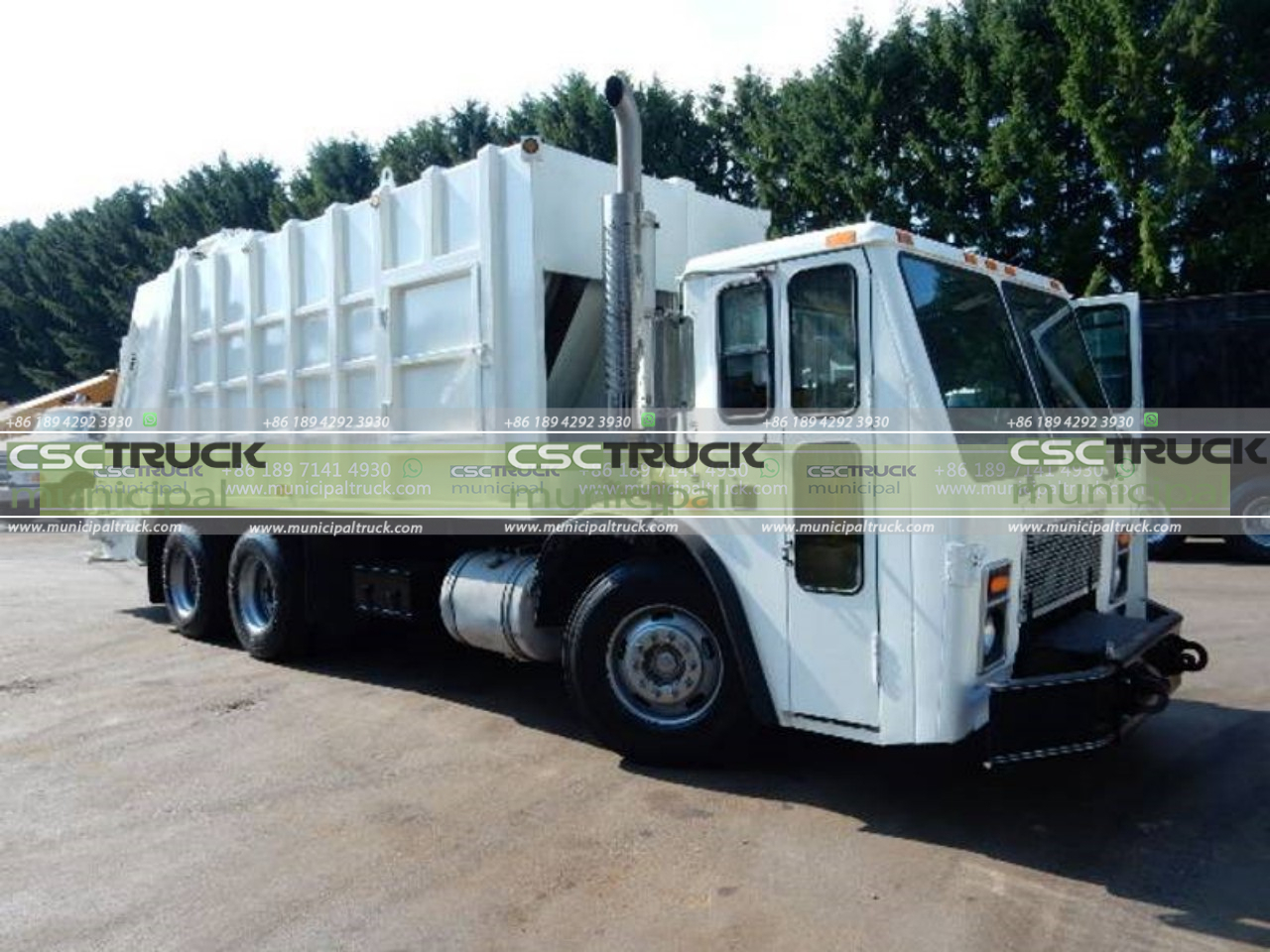
Furthermore, manufacturers have been actively working on improving the ergonomics and comfort of the cabover design. They strive to provide a better working environment for drivers who spend long hours behind the wheel. Ergonomic seating, adjustable controls, and improved cabin insulation are some of the features implemented to enhance driver comfort and reduce fatigue.
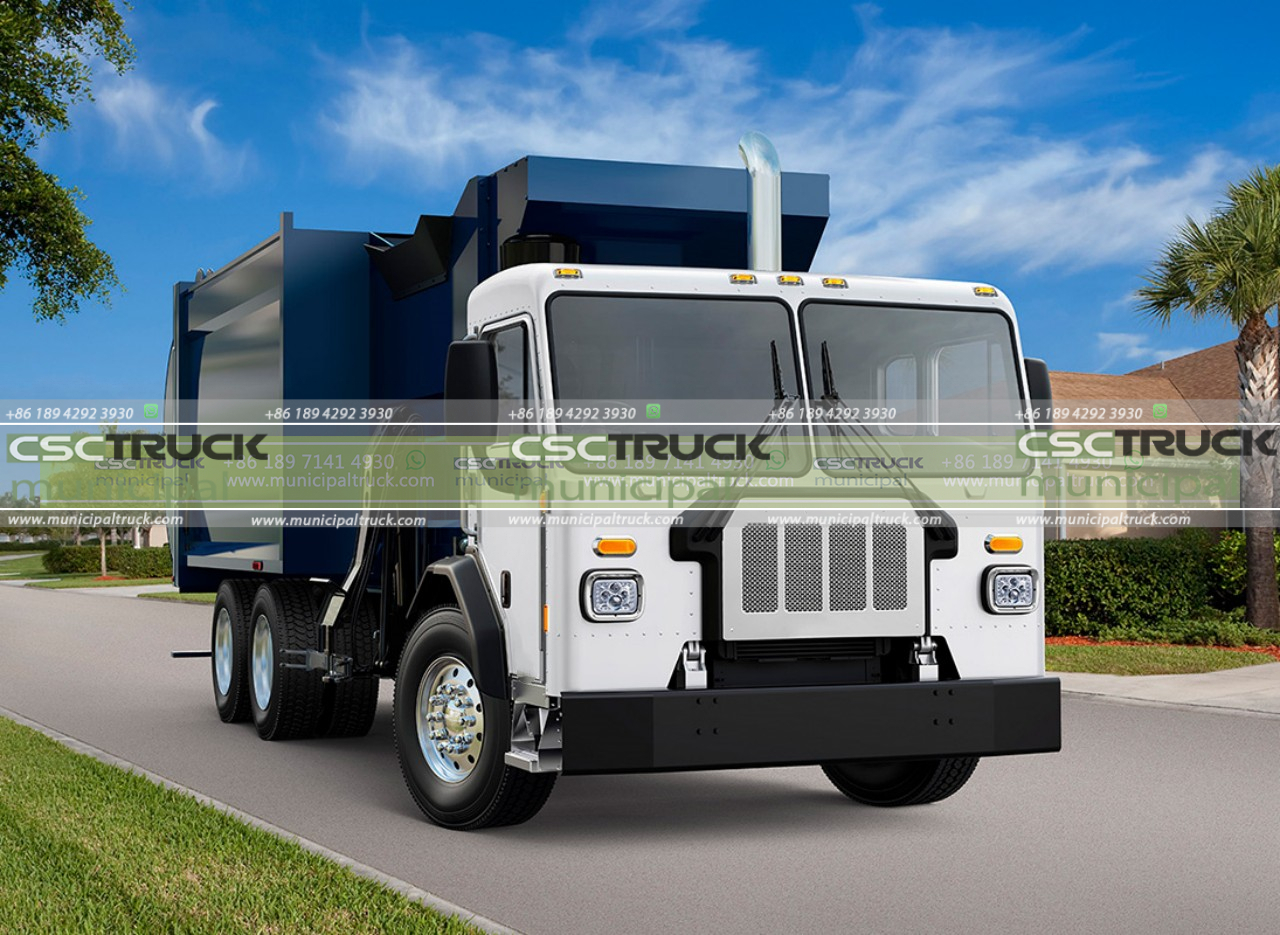
The environmental aspect should not be overlooked either. As sustainability and eco-friendliness become increasingly important in waste management, cabover garbage trucks have made significant strides in this area. Many models now incorporate hybrid or electric powertrains, reducing emissions and noise pollution. These advancements contribute to creating a cleaner and greener waste collection process.

In terms of maintenance and servicing, the cabover design also offers advantages. The engine and other key components are more accessible, making routine inspections and repairs easier and more efficient. This translates to reduced downtime and lower maintenance costs for waste management companies.
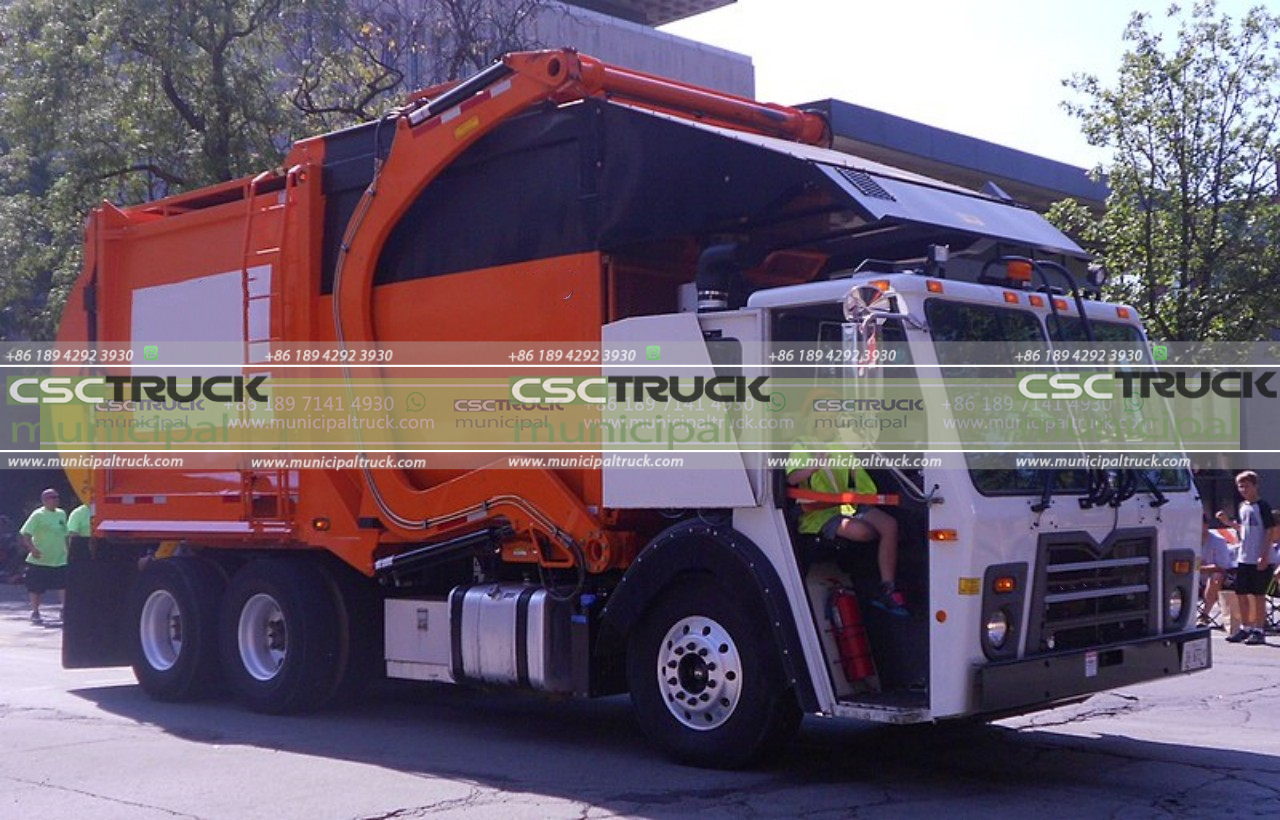
Despite the numerous benefits, it’s essential to acknowledge that the choice of truck design ultimately depends on the specific needs and requirements of each waste management operation. There may be instances where conventional truck designs are more suitable, depending on factors such as terrain, load capacity, or regional regulations. Waste management companies must assess their operational needs and evaluate which design best aligns with their objectives carefully.
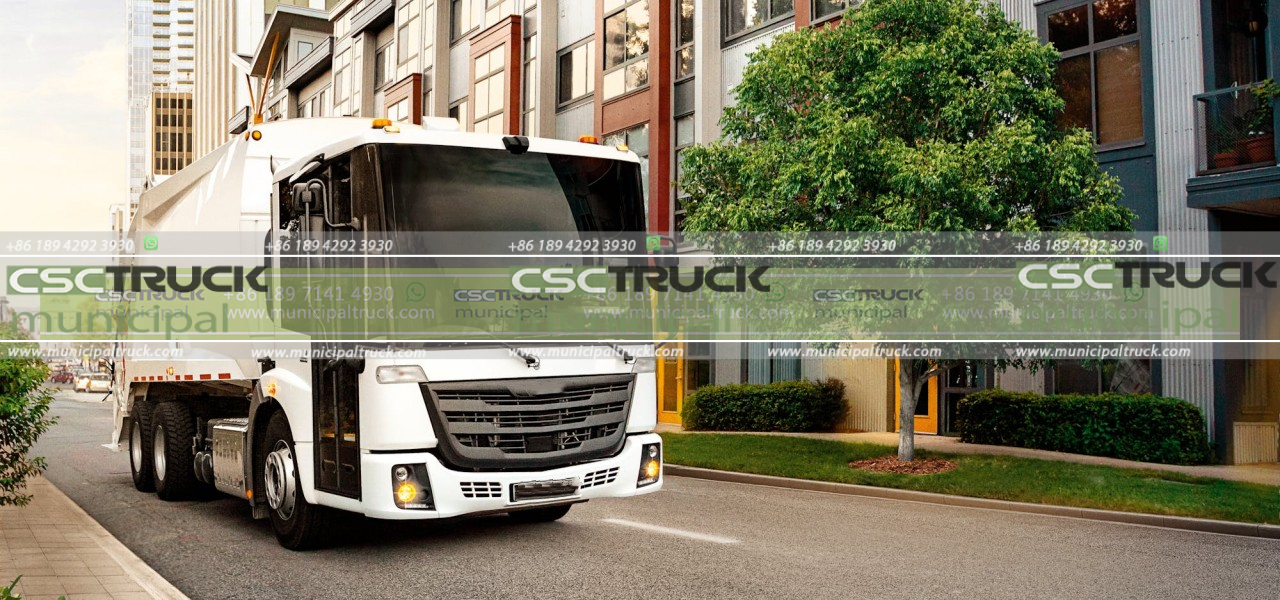
In conclusion, the cabover design of garbage trucks is a result of careful consideration of the unique challenges faced in waste collection operations. Its maneuverability, visibility, accessibility, weight distribution, and compliance with safety regulations make it an ideal choice for navigating urban environments and efficiently collecting waste. With ongoing advancements in technology and sustainability, cabover garbage trucks will continue to play a vital role in waste management, contributing to cleaner and more sustainable cities.
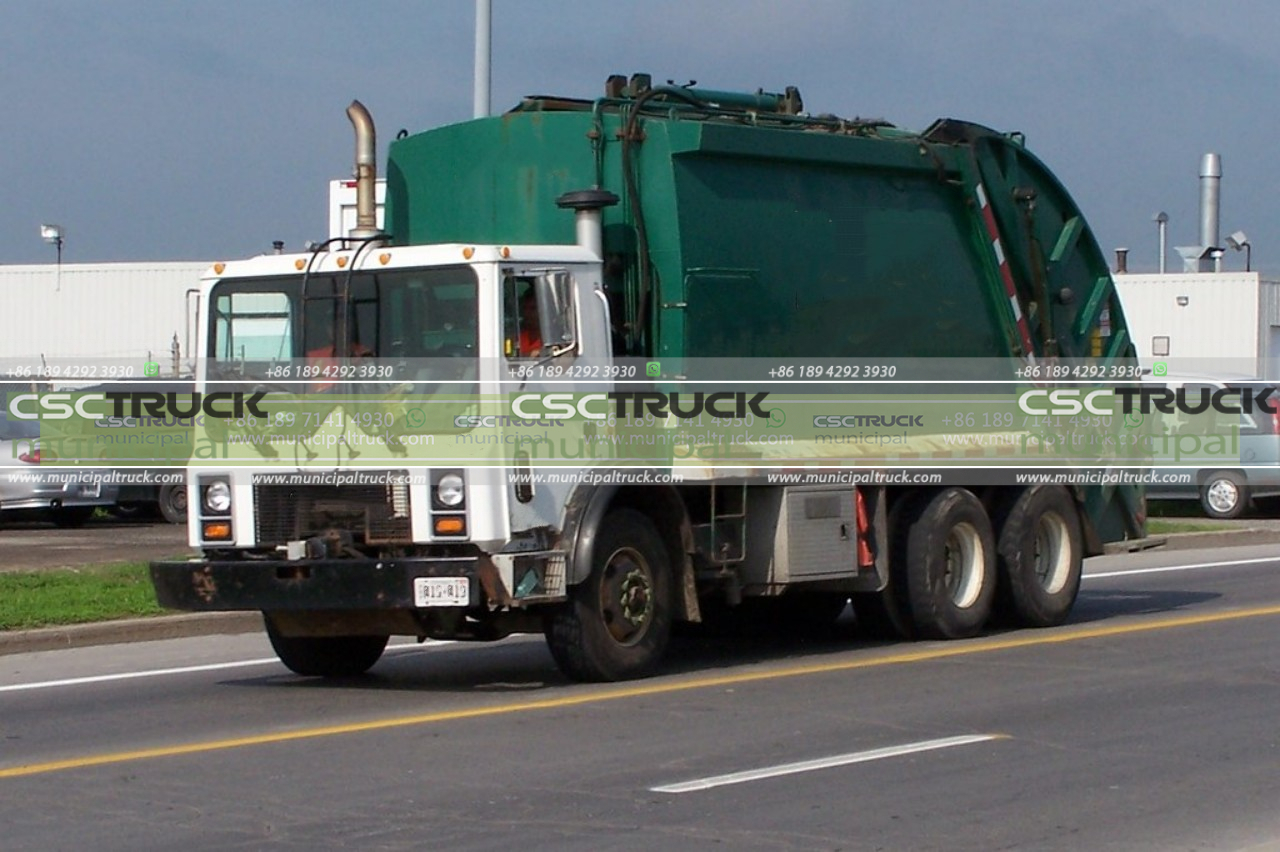
Contact us for this municipal truck or similar trucks: [email protected] Call us or What's APP us: +86 189 4292 3930



